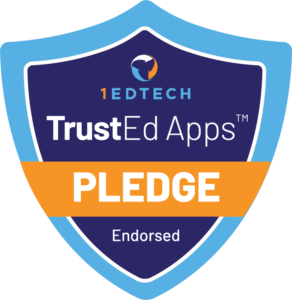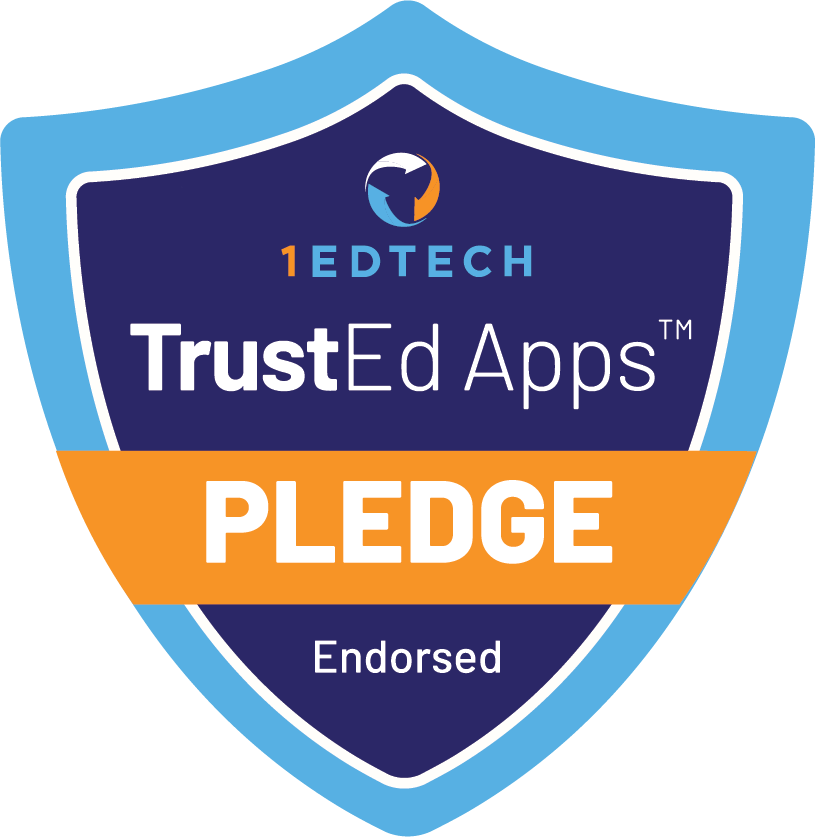A Work-Based Learning (WBL) Coordinator is responsible for developing, implementing, and managing work-based learning opportunities for students. They collaborate with local businesses, industry partners, and school staff to create internships, apprenticeships, job shadowing, and other hands-on learning experiences that align with students’ academic goals and career aspirations. The coordinator recruits students, matches them with appropriate employers, and prepares them for workplace expectations. Additionally, they monitor students’ progress, provide mentorship, and ensure that both students and employers have a positive and productive experience.
WBL Coordinators also work to build strong partnerships with local employers, ensuring that programs are legally compliant and meet the needs of the workforce. They are responsible for tracking student outcomes, collecting feedback from employers, and continuously improving the program. By promoting the value of work-based learning within the school and the community, the coordinator helps students gain real-world skills, develop career readiness, and explore potential career paths through practical, hands-on experiences.






